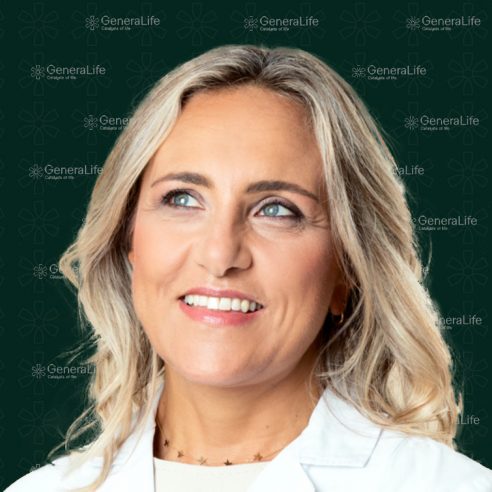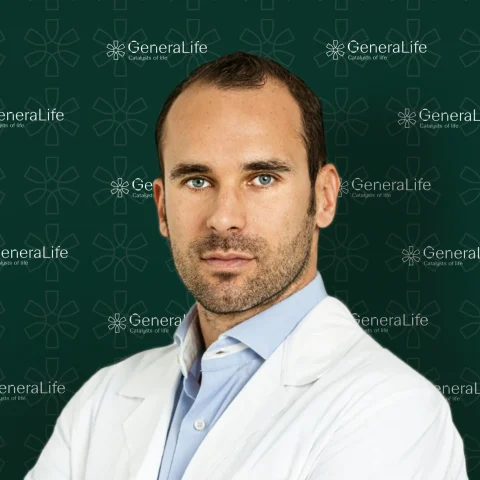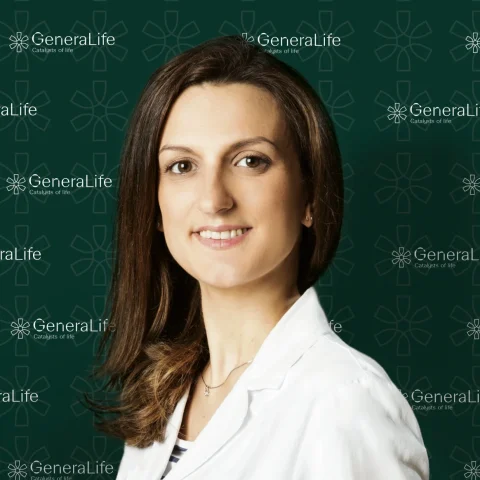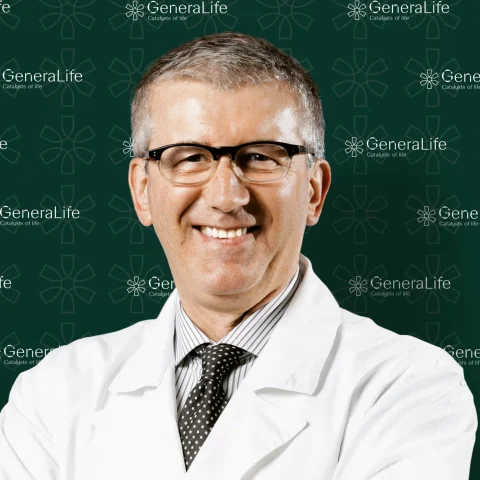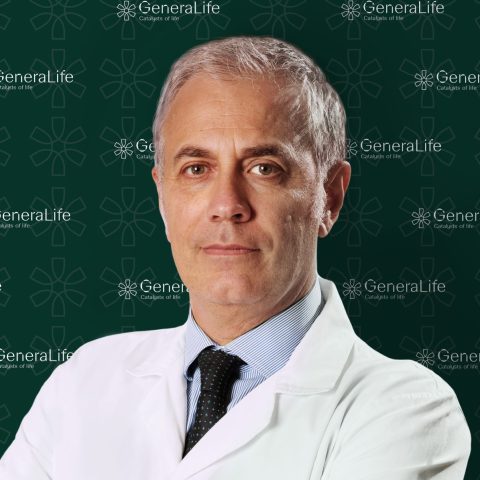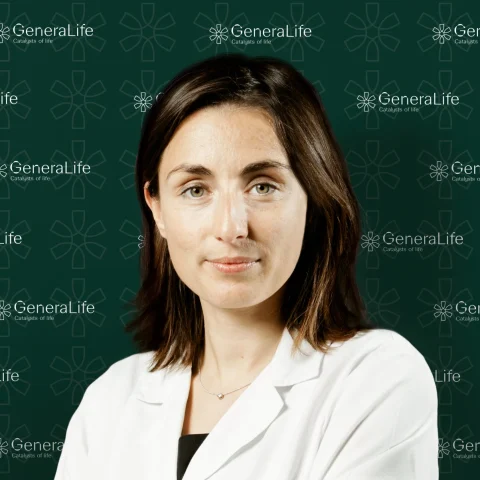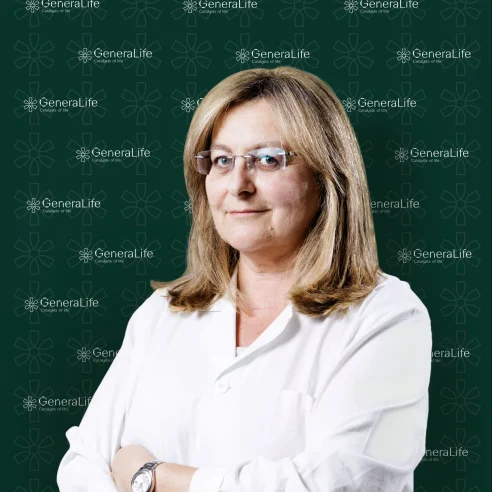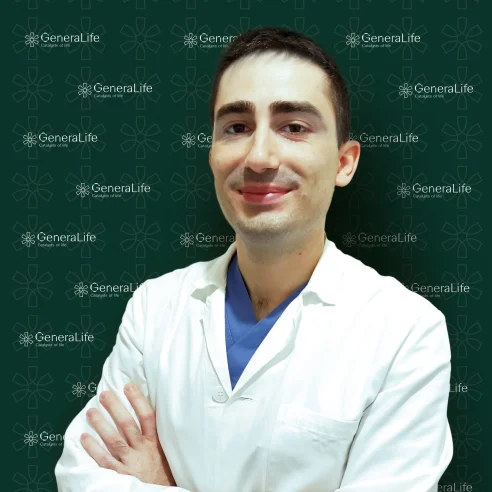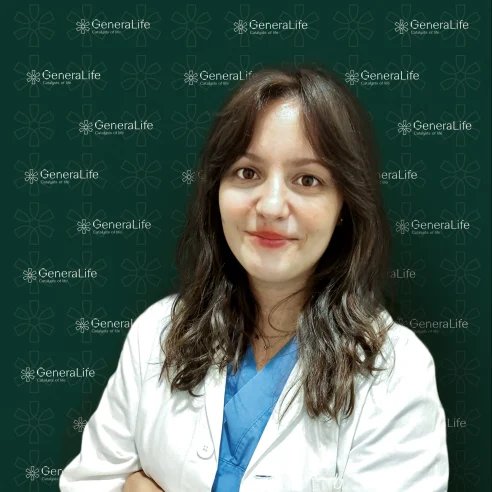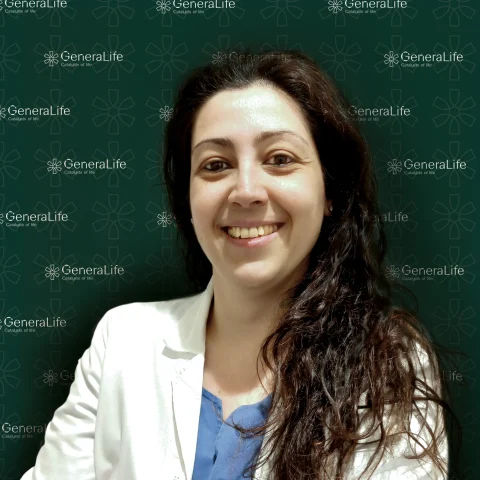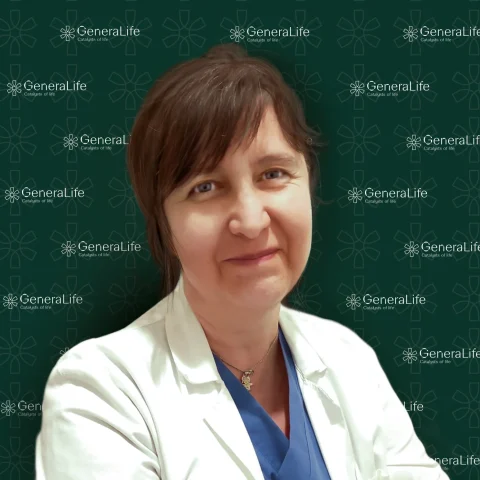Il Centro di PMA Genera Livet Torino è un rinomato centro specializzato nella fecondazione assistita, offre trattamenti di I e II livello.
Grazie alla competenza e alla professionalità del suo team e a un lavoro d’équipe – sempre nel rispetto di procedure e protocolli condivisi e basati su evidenze scientifiche e osservanza di linee guida nazionali ed internazionali – Genera Livet Torino ha elaborato metodologie atte a fornire un servizio diagnostico e terapeutico completo e all’avanguardia, personalizzato sulla base delle esigenze dei singoli pazienti.
Il Centro Genera Livet Torino si impegna a fornire un ambiente accogliente, riservato e di alta qualità, con l’obiettivo di offrire alle coppie le migliori opportunità per raggiungere la gravidanza e vivere l’emozionante esperienza della genitorialità.
Perché Scegliere Genera
Protocolli di cura personalizzati
Mettiamo a punto percorsi studiati su misura per i singoli casi.
Prenota ora la tua visita
I nostri percorsi e trattamenti
Equipe Genera
Tariffe
Dove siamo
Via Tiziano Vecellio, 3 – 10126 Torino
800 81.69.69 Prenotazione prima visita
+39 011 6307800 Pazienti
Dir. Sanitario: Francesca Bongioanni
Orari
Lun-Ven: 8.30 AM – 1.00 PM 2-30 PM – 7.00 PM

